-Mrinalini
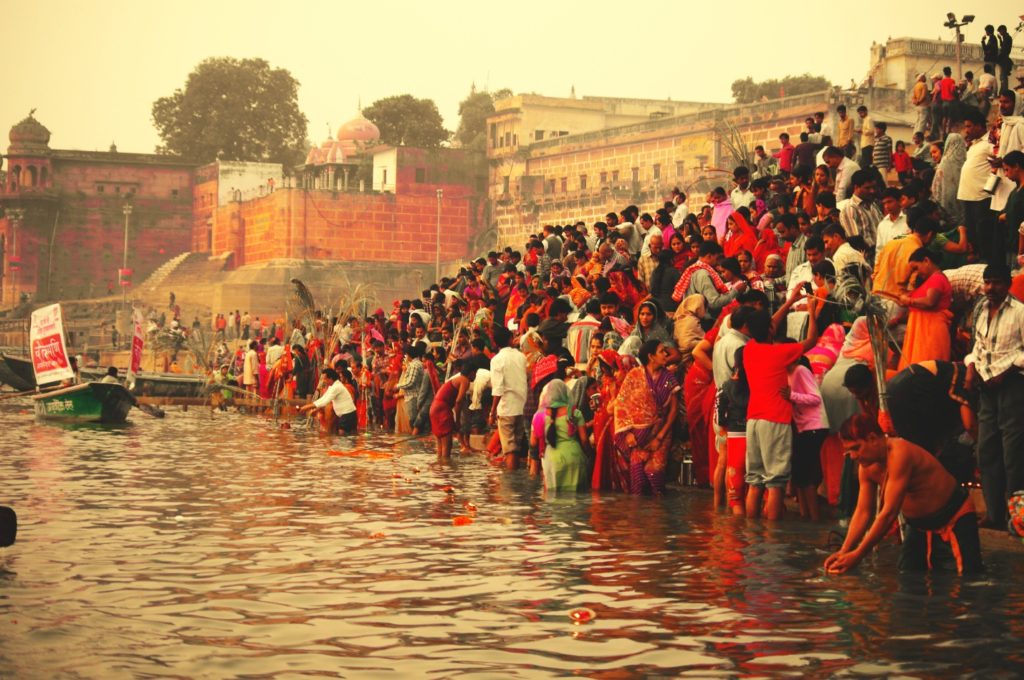
Chhath Puja is an Indian thanksgiving celebration dedicated to the Sun God Surya and his significant other Usha. Individuals during Chhath Puja thank the Sun God for continuing and supporting life on Earth and look for his security and gifts. In Hinduism, Sun is viewed as the God of vitality and master of the life-power. Sun is additionally considered as the wellspring of mending as well. Hindus accept that the sun fixes numerous ailments and infections, for example, uncleanliness, and so on. Sun is likewise viewed as the image of steadiness and thriving. It is accepted that once a family starts performing Chhath Puja, it is their obligation to perform it consistently and pass it on to the accompanying ages.

About Chhath
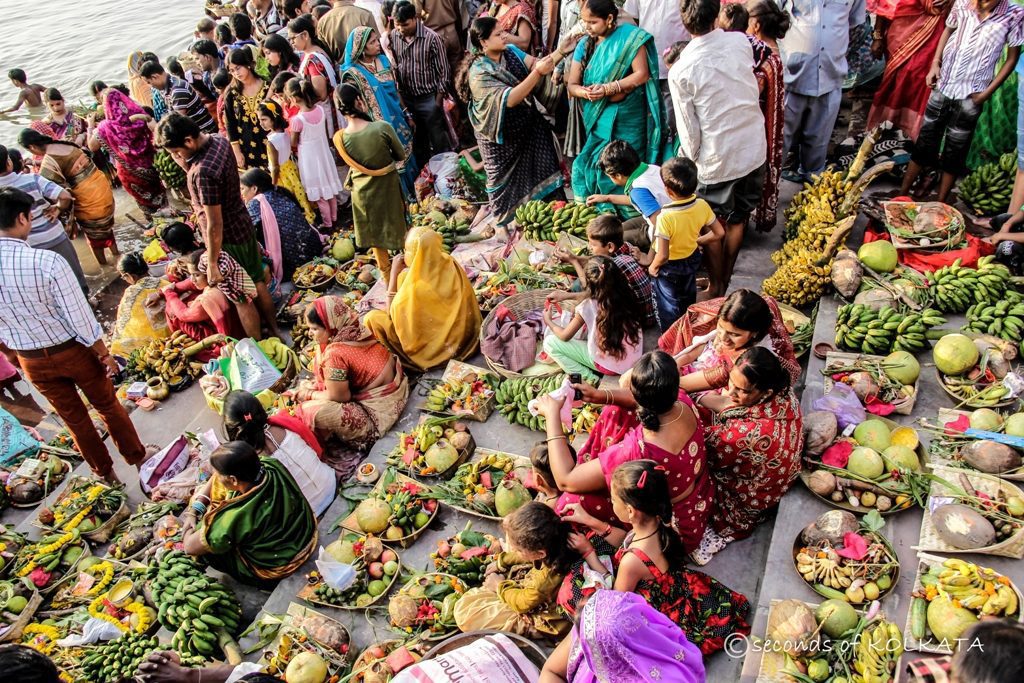
Chhath means six in Nepali or Hindi Language and as this celebration is commended on the 6th day of the period of Karthika, the celebration is named the equivalent. A festival committed to Lord Surya and Chhathi Maiya, is celebrated in grandeur, in the States of Bihar, Jharkhand, Eastern Uttar Pradesh and the Nation of Nepal. It is the main Vedic celebration that is devoted to the Sun God, epitome of all energy and power. The lord of light, vitality and life power is adored so as to advance prosperity, improvement and the flourishing of people. Through this celebration, individuals offer prayers to the Sun God for a time of four days. The enthusiasts who watch the fast during this celebration are called Vrati.
The rituals are performed on the banks of the streams or other water bodies. The utilization of engineered material is confined which makes it eco-accommodating. Most things utilized in Chhath are near nature. For instance, the ‘daura‘ and ‘soop‘ utilized in customs are bamboo items that are bio-degradable. Additionally, in Chhath Puja, individuals revere nature itself by adoring the Sun God as all the living creatures on this planet, either straightforwardly or in a roundabout way rely upon the sun for sun-based vitality.
Stories Behind Chhath
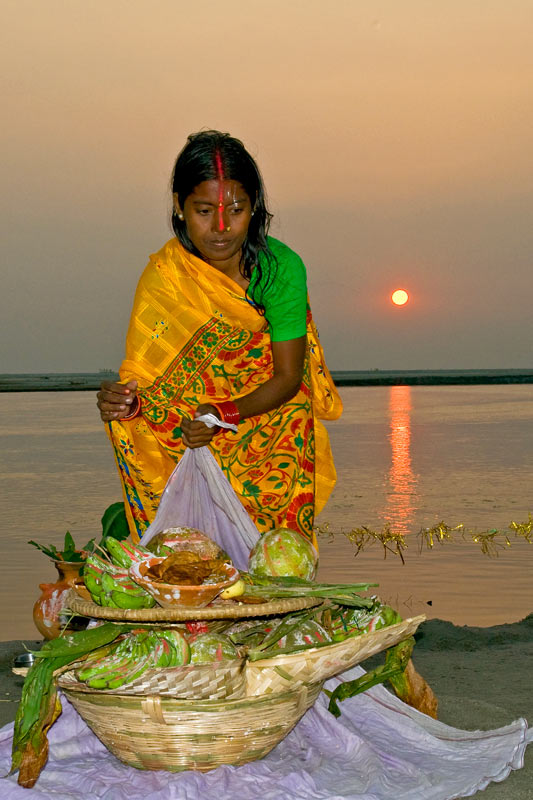
There are numerous accounts that go back to the inception of Chhath Puja. It is expected that in the antiquated occasions, Chhath Puja was praised by Draupadi and the Pandavas of Hastinapur so as to take care of their issues and recover their lost realm. The mantras from the Rig Veda writings are recited while loving the sun. Supposedly by, this Puja was first begun by Surya Putra Karna who controlled over the Anga Desh (Bhagalpur in Bihar) during the time of Mahabharata. The logical history or rather the yogic history goes back to the Early Vedic Period. Legend says that the sages and rishis of that period utilized this technique so as to limit from any outside methods for nourishment and addition vitality legitimately from the beams of the sun.
The Scientific Edge
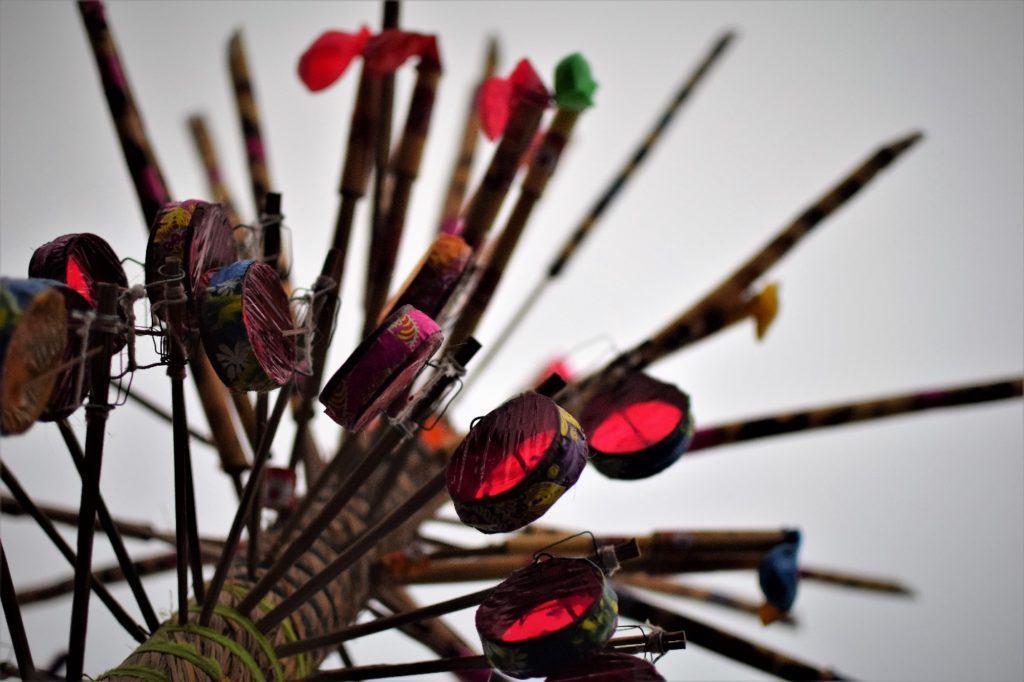
Aside from strict centrality, there are a great deal of logical certainties joined to these ceremonies. The vratis for the most part supplicate at the riverbank during dawn or nightfall and it is logically upheld up with the way that, the sun-based vitality has the least degree of the Ultraviolet radiations during these two timings and it is extremely advantageous for the body. This customary celebration showers upon inspiration and aides in detoxifying your brain, soul and body. It expels all the negative energies in your body by venerating the ground-breaking sun.
The Rituals of Chhath Puja

Chhathi Maiya, generally known as Usha is the goddess adored in this Puja. The Chhath celebration includes a few ceremonies, which are extensively harsher when contrasted with other Hindu celebrations. These generally include taking plunges in waterways or water bodies, exacting fasting, standing and offering supplications in water, confronting the sun for significant stretches and furthermore offering prashada to the sun at dawn and dusk.
Day 1 Nahay Khay
On the primary day of the Puja, the vratis need to take a plunge in the sacred stream and cook an appropriate dinner for themselves. Kaddu Bhaat alongside Channa dal is a typical arrangement on this day and it is cooked by utilizing mud or bronze utensils and mango wood over a mud stove. Individual keeping the fast can permit themselves just a single dinner on this day.
Day 2 Lohanda and Kharna
On the subsequent day, the vrati are to watch fasting for the whole day, which they can break only after nightfall. The vrati cook the entire Prasad all alone which incorporate kheer and chapattis and they break their fast with this Prasad, after which they need to fast without water for thirty-six hours.
Day 3 Sandhya Arghya
The third day is spent by preparing the prasada at home and then in the evening, the entire household of the Vratins accompany them to the river bank, where they make offerings to the setting sun. The females generally wear sarees of turmeric yellow colour while making their offerings. The evenings are made even better with the enthusiastic folk songs.
Day 4 Usha Arghya
Here, on the last day, every one of the fans go to the riverbank before dawn to make contributions to the rising sun. This celebration closes when the Vratins break their thirty-six hours long fasting and the family members approach their home to have a lot of Prasad.
Chhath Prasada
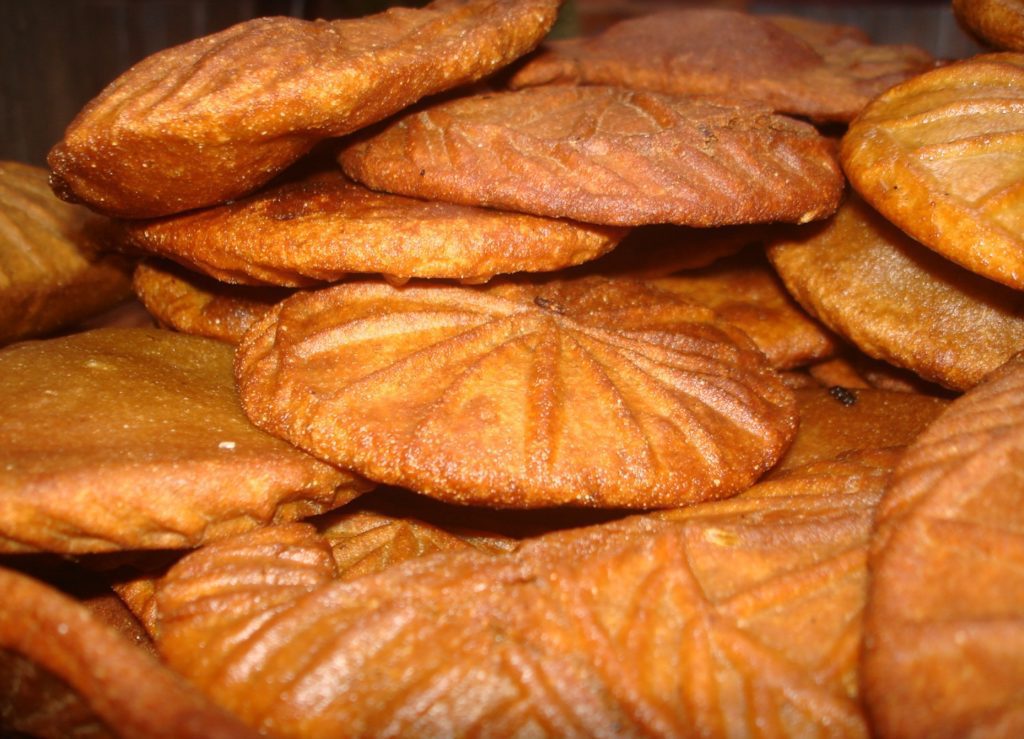
The Chhath Prasad is generally arranged with rice, wheat, dry natural products, crisp organic products, nuts, jaggery, coconut and parcels and bunches of ghee. One significant thing in regards to the dinners arranged during Chhath is that they are arranged totally without salt, onion and garlic. Thekua is an exceptional piece of the Chhath Puja and it is fundamentally a treat made with entire wheat flour which you should definitely attempt on the off chance that you visit the spot during the celebration.
Happy Fasting!!!


